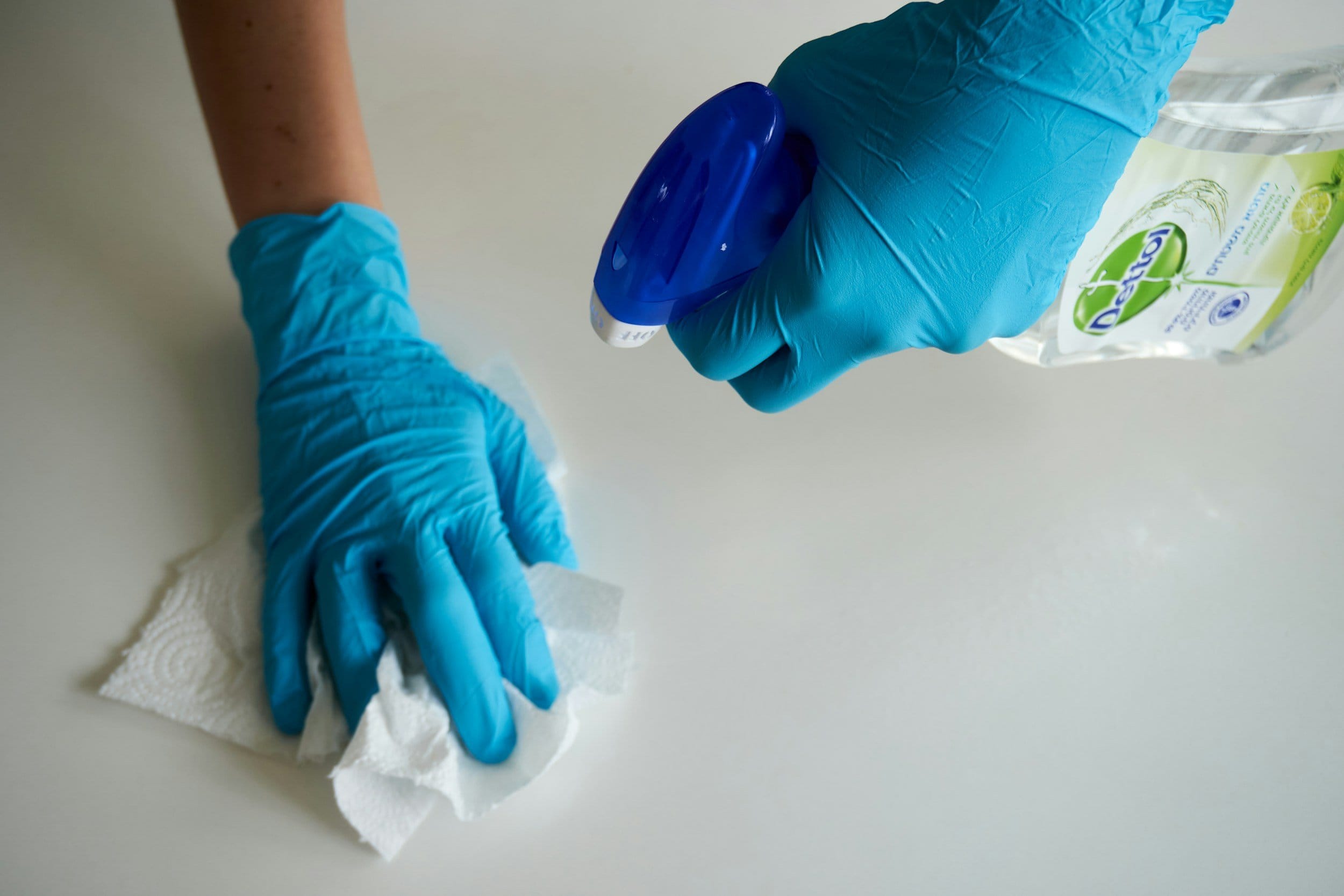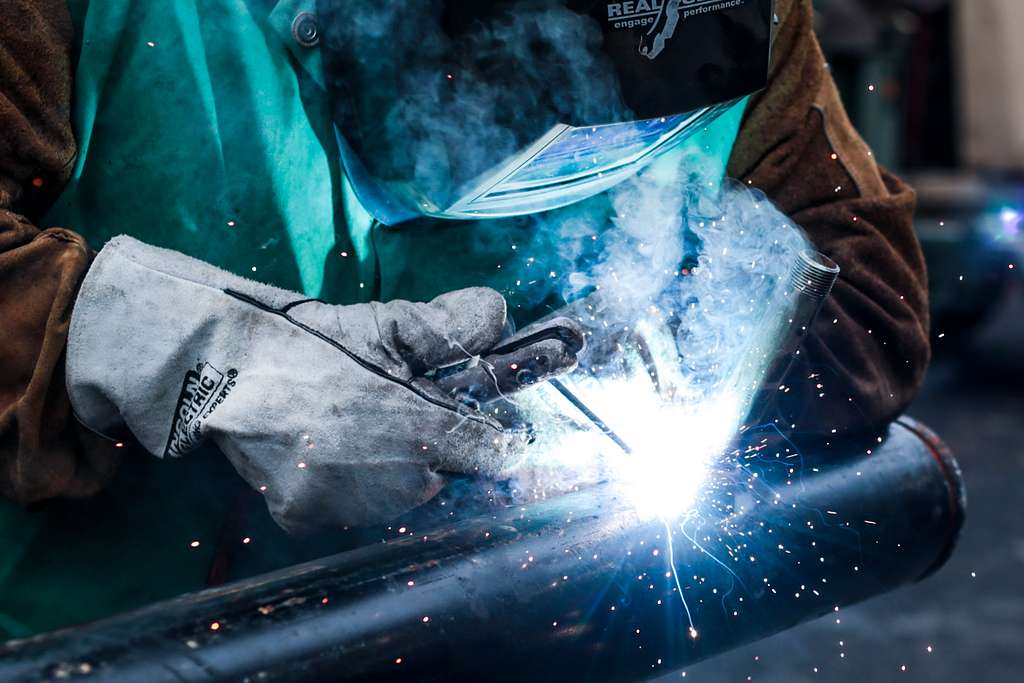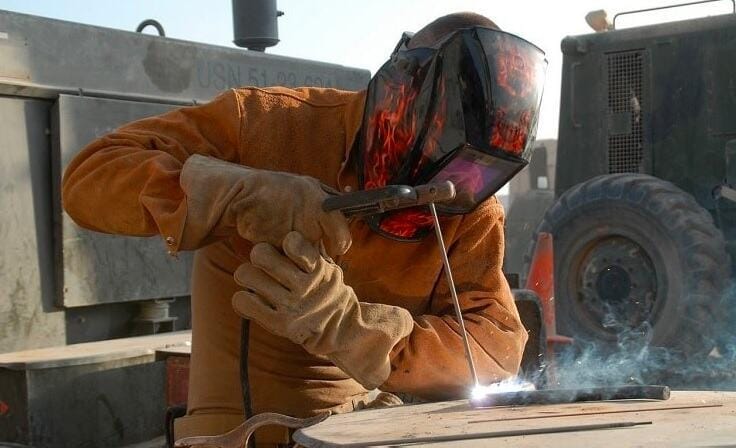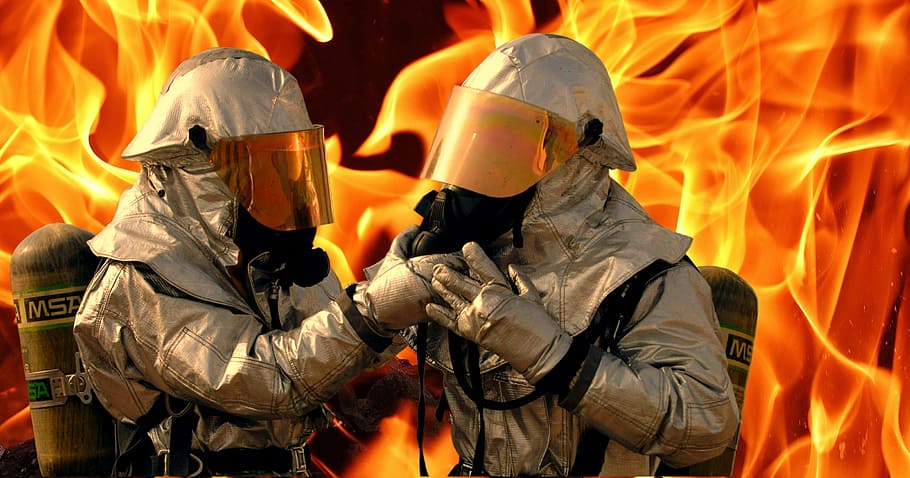
Disposable gloves are everywhere—from hospitals and laboratories to food processing plants and automotive workshops. But here’s the truth: choosing the wrong glove can result in allergic reactions, contamination incidents, chemical burns, or costly regulatory fines. Many buyers focus only on price, ignoring critical safety standards and material differences. This guide explains how to choose the right glove material for the job, includes real-world accident reports, and provides a complete buyer roadmap.
Latex gloves offer high flexibility and comfort but can cause allergies. Nitrile gloves provide strong chemical resistance and durability for medical and industrial use. Vinyl gloves are the cheapest option for short-term, low-risk tasks but lack durability. Always verify EN 455, EN 374, or ASTM standards before purchase and match the glove material to the specific application.
Why Disposable Glove Selection Matters
- Healthcare: Wrong gloves spread infections or cause latex-related allergic reactions.
- Food Industry: Poor glove integrity can cause foreign object contamination and HACCP failures.
- Industrial Settings: Using vinyl for solvents or chemicals = instant material breakdown.
Expanded Real-World Incidents:
Case #1 – Hospital, USA:
A nurse experienced severe contact dermatitis after using latex gloves daily for two weeks. Diagnosis: Type I latex allergy, requiring costly treatment and reassignment to non-patient care duties. Direct cost: $8,500; indirect cost: staff shortage. Prevention: Switch to powder-free nitrile gloves for sensitive staff.Case #2 – Food Plant, UK:
Worker wore vinyl gloves for meat processing. Mid-shift, gloves tore, and fragments mixed into a 300 kg meat batch. Entire batch destroyed, costing £12,000. Additional impact: HACCP audit flagged “material integrity failure.” Solution: HACCP-compliant nitrile gloves.Case #3 – Chemical Lab, Germany:
Technician used vinyl gloves while handling ethanol and acetone. Chemical permeated in 3 minutes, causing burns and project delays. Root cause: no chemical compatibility review. Correct PPE: EN 374 nitrile gloves with tested solvent resistance.Case #4 – Dental Clinic, Canada:
Patient went into anaphylaxis during a dental procedure due to latex exposure from gloves. Legal settlement: CAD $25,000 + reputation damage. Lesson: Adopt latex-free policy for all patient-facing services.Case #5 – Automotive Workshop, UAE:
Mechanic chose vinyl gloves for oil changes to cut costs. Gloves dissolved in transmission fluid, exposing hands to irritants and leading to dermatitis claims. Total cost: $6,000 medical + production downtime. Proper choice: nitrile gloves with oil resistance.
Material Comparison: Latex vs Nitrile vs Vinyl
| Feature | Latex | Nitrile | Vinyl |
|---|---|---|---|
| Fit & Dexterity | Excellent | Good | Moderate |
| Tactile Sensitivity | High | High | Low |
| Chemical Resistance | Limited (weak vs solvents) | Excellent (oils, fuels, many chemicals) | Very Poor |
| Allergy Risk | High (natural rubber proteins) | None | None |
| Durability | Good | Excellent | Weak (tears, punctures easily) |
| Cost | Moderate | Higher | Cheapest |
Key Compliance Standards
- EN 455 – Medical gloves for single use (Europe)
- EN 374 – Protection against chemicals & microorganisms
- ASTM D6319 – Nitrile exam glove standard (U.S.)
- FDA 21 CFR – Food contact compliance in North America
Common Mistakes Buyers Make
- Using vinyl gloves for oily food processing, leading to glove breakdown and contamination.
- Purchasing nitrile gloves for every task, overspending on low-risk applications.
- Ignoring powdered glove bans in healthcare (infection control risk).
- Failing to demand batch-level certification during supplier audits.
- Neglecting storage conditions—heat and sunlight degrade nitrile and latex.
Industry Applications
| Industry | Best Choice |
|---|---|
| Healthcare | Nitrile or latex-free exam gloves |
| Food Processing | Nitrile gloves (HACCP & FDA certified) |
| Automotive & Industrial | Heavy-duty nitrile for oil & fuel exposure |
| Salon & Beauty | Nitrile for dyes and chemicals |
| Laboratory | Nitrile for solvents, accelerator-free options for sensitive users |
The Real Cost of Wrong Choices
- Allergy claim: $5,000–$25,000
- Contaminated food batch: £10,000–£20,000
- OSHA infection control fine: $13,653 per violation
- Lost contracts due to HACCP failure: $50,000+ in revenue risk
Audit Insight: 2023 saw 32% of glove-related recalls in food plants linked to vinyl glove failures.
Quick Procurement Checklist
- [ ] Identify task-specific risk (chemical, infection, contamination)
- [ ] Match glove material to hazard (latex, nitrile, vinyl)
- [ ] Confirm EN/FDA certifications
- [ ] Choose powder-free for medical and food settings
- [ ] Provide multiple sizes for comfort and compliance
- [ ] Track inventory for expiration and degradation
Buyer FAQ
Q: Are nitrile gloves chemical-proof?
A: No glove is universal. Always check chemical compatibility charts.Q: Is vinyl safe for food processing?
A: Only for low-risk tasks like packing dry goods. For meat or oil, nitrile is mandatory.Q: Can latex still be used?
A: Only in allergy-screened environments where regulations allow. Most hospitals ban it.
Additional Buyer Insights
- Use color coding for task-specific gloves (e.g., blue for food, black for automotive, purple for chemo).
- Consider accelerator-free nitrile gloves for highly sensitive users.
- For extended wear, select gloves with ergonomic stretch to prevent fatigue.
Conclusion
Disposable gloves are not just a commodity—they are a critical control point in health, safety, and compliance. Buyers must align glove material with application risks, standards, and worker needs to avoid injuries and legal exposure.
Need EN 374-certified nitrile gloves for medical, food, or industrial use?
📩 Email: [email protected]
🌐 Website: www.workwearsolutions.net
Zion Zhang
Recent Posts
 Case Study: Kazakhstan Mining Project Using Advanced FR Workwear2025年11月25日Mining operations in Kazakhstan—especially in copper, iron […]
Case Study: Kazakhstan Mining Project Using Advanced FR Workwear2025年11月25日Mining operations in Kazakhstan—especially in copper, iron […] How Material Science is Redefining Safety in Mining and Oil Fields2025年11月25日Mining sites and oilfield operations remain some of the […]
How Material Science is Redefining Safety in Mining and Oil Fields2025年11月25日Mining sites and oilfield operations remain some of the […] Lightweight Armor for Industrial Workers: Safety Without Bulk2025年11月25日From oil & gas to utilities, mining, logistics, metal […]
Lightweight Armor for Industrial Workers: Safety Without Bulk2025年11月25日From oil & gas to utilities, mining, logistics, metal […] Flame-Resistant vs. Arc-Flash Protection: What’s the Real Difference?2025年11月24日Industrial workplaces—from electrical utilities and […]
Flame-Resistant vs. Arc-Flash Protection: What’s the Real Difference?2025年11月24日Industrial workplaces—from electrical utilities and […] Kevlar, Dyneema, and Beyond: The Next Generation of Protective Fabrics2025年11月24日In the world of industrial safety, personal protective […]
Kevlar, Dyneema, and Beyond: The Next Generation of Protective Fabrics2025年11月24日In the world of industrial safety, personal protective […] Case Study: Brazilian Food Plant That Adopted Antimicrobial Uniforms2025年11月22日In 2023, a mid-sized Brazilian ready-to-eat (RTE) food […]
Case Study: Brazilian Food Plant That Adopted Antimicrobial Uniforms2025年11月22日In 2023, a mid-sized Brazilian ready-to-eat (RTE) food […]
CONTACT US
- Feel free to contact us any time. We will get back to you as soon as we can!
- +86-17330061805
